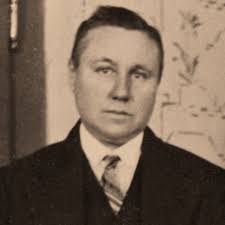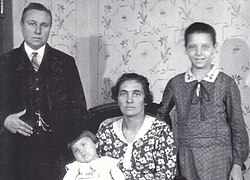In post-World War I Germany, when women were being pushed out of jobs, one determined female factory worker decided to cheat the system.
For 12 years, Maria Einsmann lived as her husband “Joseph,” until a workplace accident exposed the most audacious double life of the era.
After World War I, work opportunities for women were scarce; positions were being reclaimed by men returning from the front lines. Desperate, Einsmann donned her estranged husband’s suit, cut her hair, and used his social security card to apply for jobs — including working at a French army vehicle depot — successfully passing as “Joseph”, or “Seppel,” over the next 12 years.

As “Seppel,” she found steady employment: initially as a watchman, later in earthworks and a shoe-polish factory, earning the respect of colleagues and even joining a trade union and singing in a Catholic choir.
She and her friend-cum-companion, Helene Müller, shared a home; Müller bore two children (1921 and 1930) whom Einsmann registered as legitimate offspring of “Josef and Maria Einsmann,” even claiming to be the father.

The facade held until a workplace accident in 1931 resulted in a crushed finger; vague inconsistencies in the social insurance system — the appearance of duplicate “Josef Einsmann” records — triggered an investigation. Einsmann confessed her true identity, and the case made headlines across Germany, Austria, France, the Netherlands and the United States, drawing both sensational interest and public sympathy.
At her trial August 20, 1932, experts provided conflicting interpretations — one citing economic desperation, another suggesting a compulsion to cross-dress — yet the court imposed a lenient sentence: a one-month suspended sentence for Einsmann and four weeks for Müller.
Einsmann continued living in Mainz, this time openly as a woman, until her death in 1959. In later years, the city commemorated her story—notably naming a square “Maria-Einsmann-Platz” in her honour, a testament to her extraordinary resilience.
PNN






































